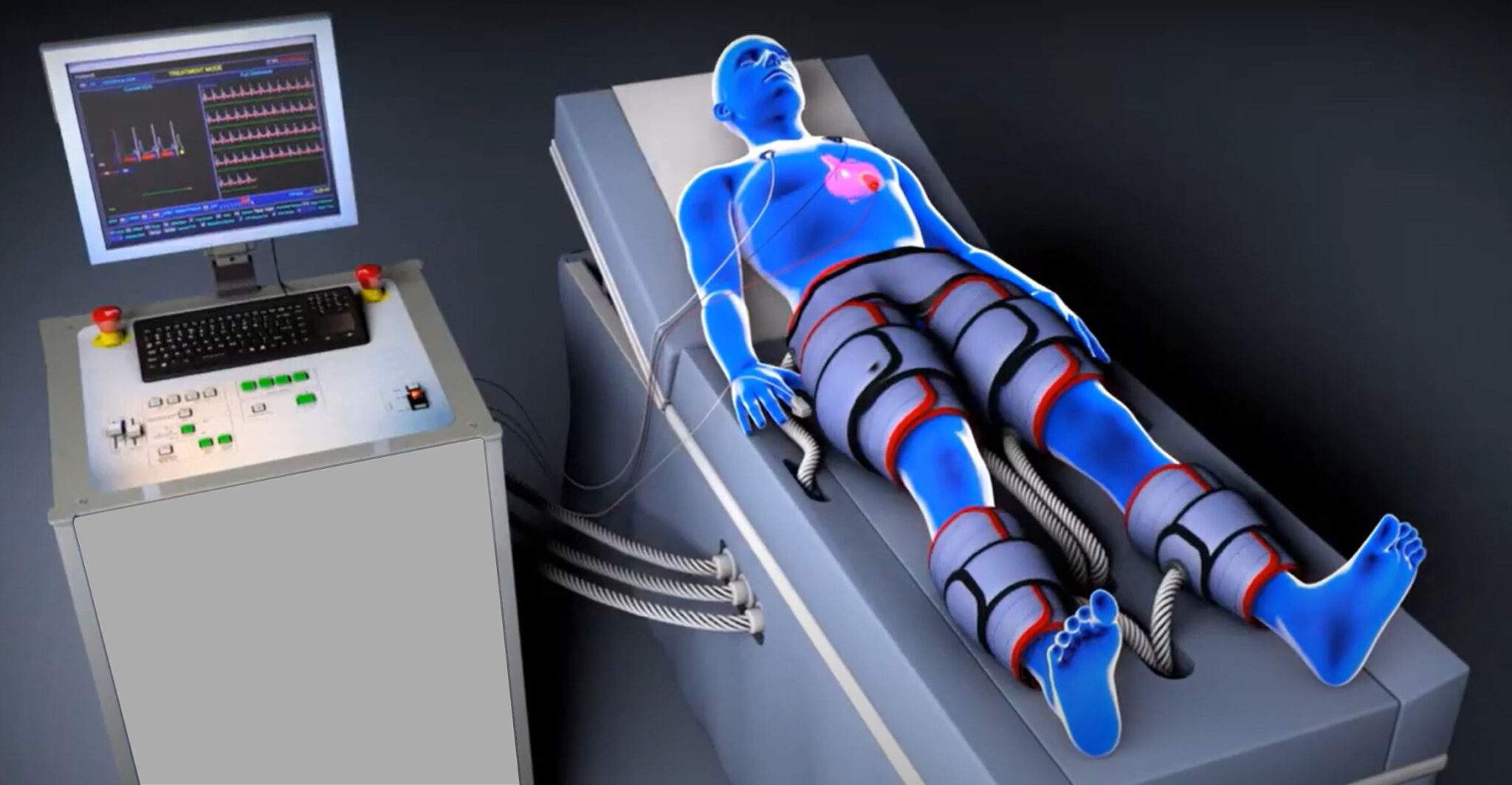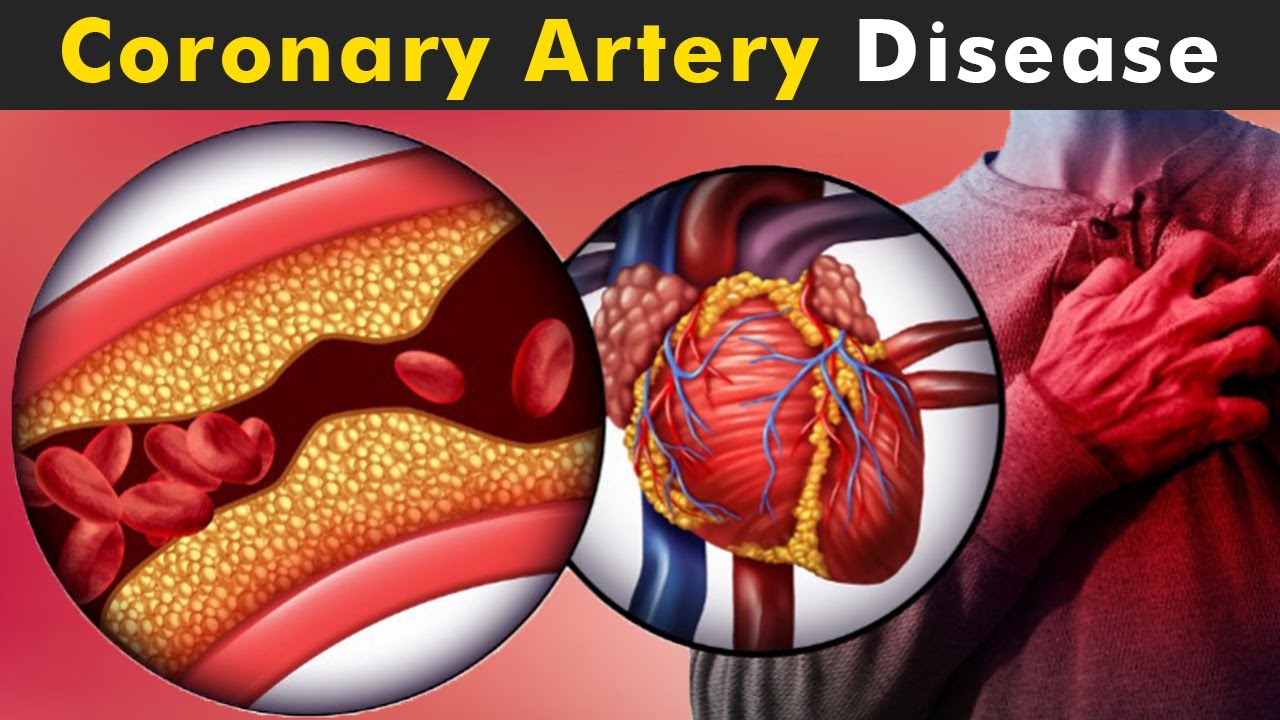Dec 28, 2023
Is it possible to fix a leaky heart valve without surgery?

Heart treatment without surgery - A leaky heart valve is like a faulty door in your house. Normally, heart valves open and close tightly to direct blood flow through your heart. But when a valve leaks, it doesn't seal properly, allowing some blood to flow backward. This can put a strain on your heart and lead to health problems.Imagine your heart's valves as gateways directing blood flow. When a valve gets leaky, it malfunctions, letting precious blood leak back like a faulty faucet. This "wrong-way traffic" forces the heart to work overtime, causing strain and fatigue. [Heart treatment without surgery]Luckily, modern medicine offers solutions for these leaky valves, from open-heart repairs to innovative, minimally invasive procedures. Researchers are even exploring cutting-edge methods to fix these crucial gatekeepers of your circulatory system.So, while a leaky valve can be concerning, know that advancements in technology are steadily paving the way for better ways to mend these vital heart components.
Causes of leaky heart valves: [Heart treatment without surgery]
- Weakening or damage to the valve leaflets or supporting structures.
- Chronic stress on the valve due to conditions like high blood pressure or enlarged heart chambers.
- Birth defects affecting the heart valve structure.
- Infections of the heart's inner lining affecting the valves.
- Age-related degeneration of valve tissue.
















